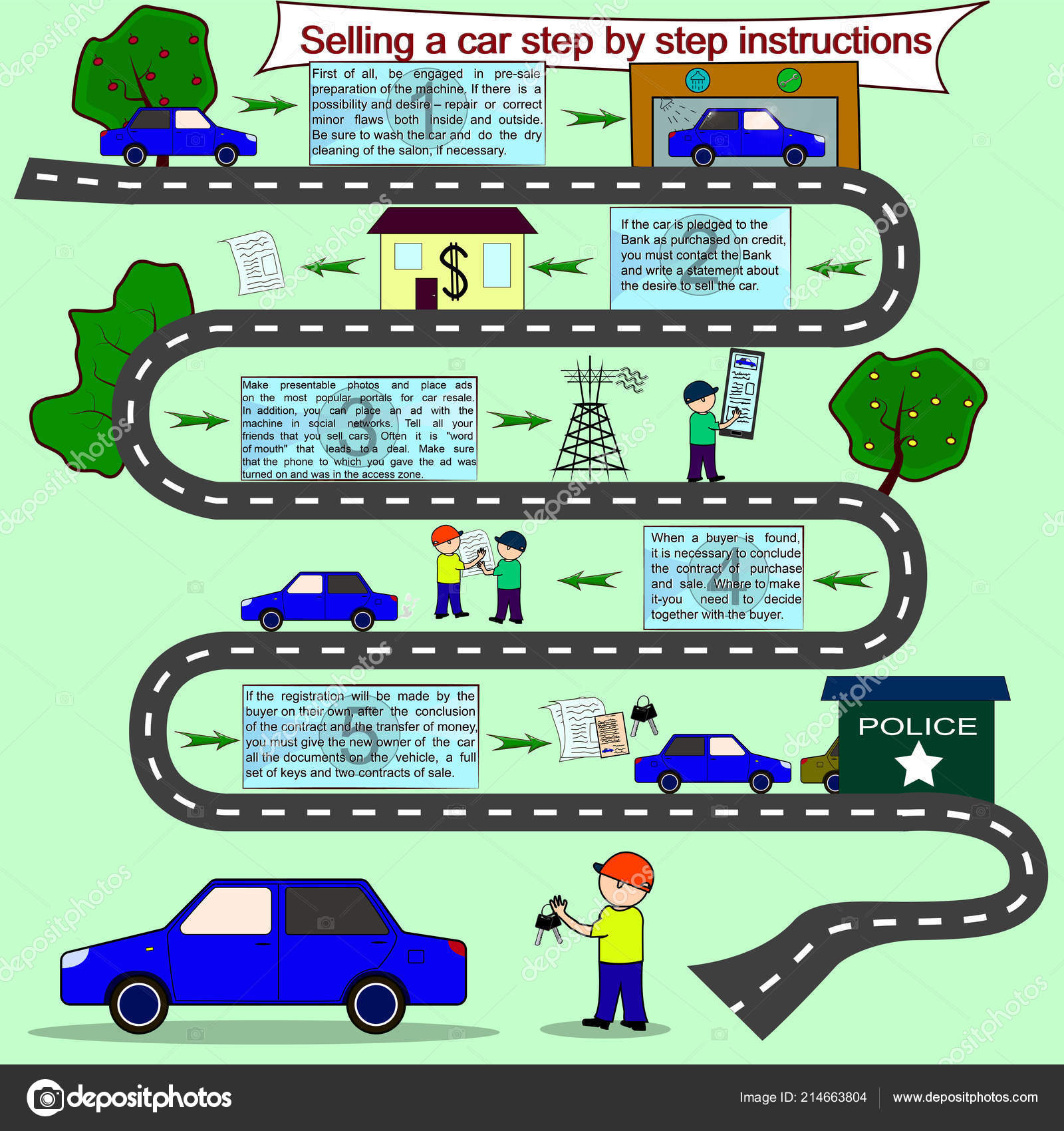Understanding The Definition Behind Your Vehicle'S Caution Lighting: A Thorough Look
Understanding The Definition Behind Your Vehicle'S Caution Lighting: A Thorough Look
Blog Article
Produced By-Higgins Stark
When you're behind the wheel, those glowing warning lights on your dashboard can be a little bit bewildering. Do you understand what they're attempting to inform you about your auto's health? Understanding the significance of these lights is essential for your security and the durability of your automobile. So, the following time among those lights turns up, would not you want to analyze its message accurately and take the needed steps to address it?
Common Warning Lights and Interpretations
Identify usual warning lights in your car and comprehend their significances to make certain safe driving.
The most typical warning lights include the check engine light, which signals problems with the engine or exhausts system. If this light comes on, it's important to have your automobile examined promptly.
The oil pressure warning light suggests low oil stress, needing immediate focus to avoid engine damage.
A blinking battery light could recommend a malfunctioning billing system, possibly leaving you stranded otherwise resolved.
The tire stress tracking system (TPMS) light signals you to reduced tire pressure, affecting car security and fuel effectiveness. Disregarding this could cause dangerous driving conditions.
The abdominal muscle light shows a problem with the anti-lock stopping system, endangering your capability to quit promptly in emergencies.
Finally, the coolant temperature level alerting light warns of engine overheating, which can cause serious damages if not fixed swiftly.
Recognizing best car detailing service will assist you resolve problems immediately and preserve safe driving conditions.
Relevance of Prompt Attention
Understanding the usual warning lights in your car is only the primary step; the value of quickly addressing these cautions can't be emphasized enough to ensure your safety and security on the road.
When a caution light illuminates on your control panel, it's your auto's method of interacting a potential concern that needs focus. Neglecting these cautions can bring about more extreme troubles down the road, jeopardizing your security and possibly costing you a lot more out of commission.
Trigger attention to cautioning lights can protect against malfunctions and accidents. For example, a blinking check engine light could indicate a misfire that, if left unattended, might cause damage to the catalytic converter. Resolving this promptly can save you from a pricey fixing.
Similarly, a brake system advising light might indicate reduced brake fluid or worn brake pads, vital elements for your safety and security when driving.
DIY Troubleshooting Tips
If you see a caution light on your dashboard, there are a couple of do it yourself repairing ideas you can try prior to looking for expert aid.
The first step is to consult your vehicle's handbook to recognize what the certain caution light shows. Often the problem can be as simple as a loosened gas cap activating the check engine light. Tightening the gas cap may solve the trouble.
Another typical problem is a reduced battery, which can trigger various advising lights. Inspecting learn this here now for corrosion and guaranteeing they're safe might fix the issue.
If a caution light lingers, you can attempt resetting it by disconnecting the auto's battery for a few mins and then reconnecting it. In addition, inspecting your vehicle's fluid degrees, such as oil, coolant, and brake fluid, can assist fix advising lights associated with these systems.
Verdict
In conclusion, recognizing your cars and truck's warning lights is crucial for maintaining your car running smoothly and safely. By promptly attending to these signals and understanding what they indicate, you can avoid costly repair work and potential malfunctions.
Keep in mind to consult your car's manual for specific details on each cautioning light and take action appropriately to ensure a trouble-free driving experience.
Stay notified, stay risk-free when traveling!
